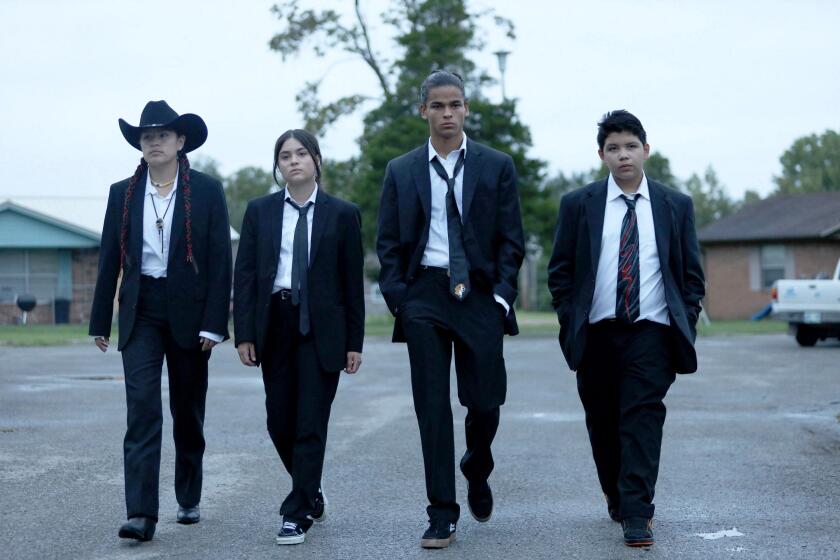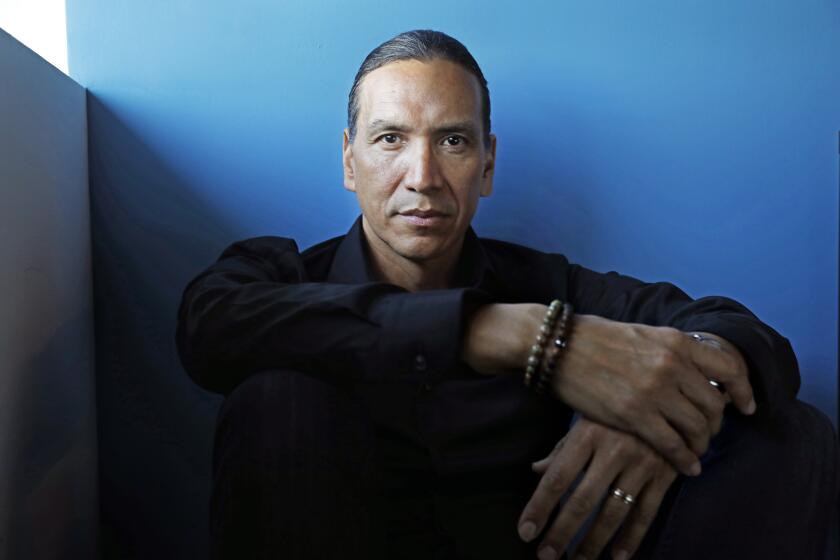
- Share via
Given an array of seating options, the four young stars of “Reservation Dogs” pile onto a couch. They look sharp, dolled up for a photo session, but that doesn’t stem their good-natured ribbing. But they settle down as “big sister” Devery Jacobs — at 28 by far the eldest of the four — explains what the series means to them.
“Not only were the character breakdowns reflective of Muscogee Creek kids,” she says of the Oklahoma-based Native American tribe, “but also us being Indigenous kids, being able to infuse all our own cultures and backgrounds, coming from our own specific nations and tribes and communities. That it’s taken so long to see geeky Native kids on screen ... that was me growing up. It’s really special.”
The series, created by showrunner Sterlin Harjo, a member of the Seminole Nation with Muscogee ancestry, and Oscar winner Taika Waititi, who is Maori on his father’s side, follows four Indigenous Oklahoma teens we meet stealing a delivery truck to sell off. The limits of their larceny are small-time, their purpose much bigger. They’re working toward fleeing the reservation to the Promised Land: California.
Jacobs plays Elora, the most reasonable of the group; D’Pharoah Woon-A-Tai plays Bear, who thinks he’s the leader and has mystic, though mediocre, visions; Lane Factor plays go-with-the-flow guy Cheese; Paulina Alexis is plainspoken tomboy Willie Jack (whom the show’s creators intended to be male, but rewrote after meeting her).

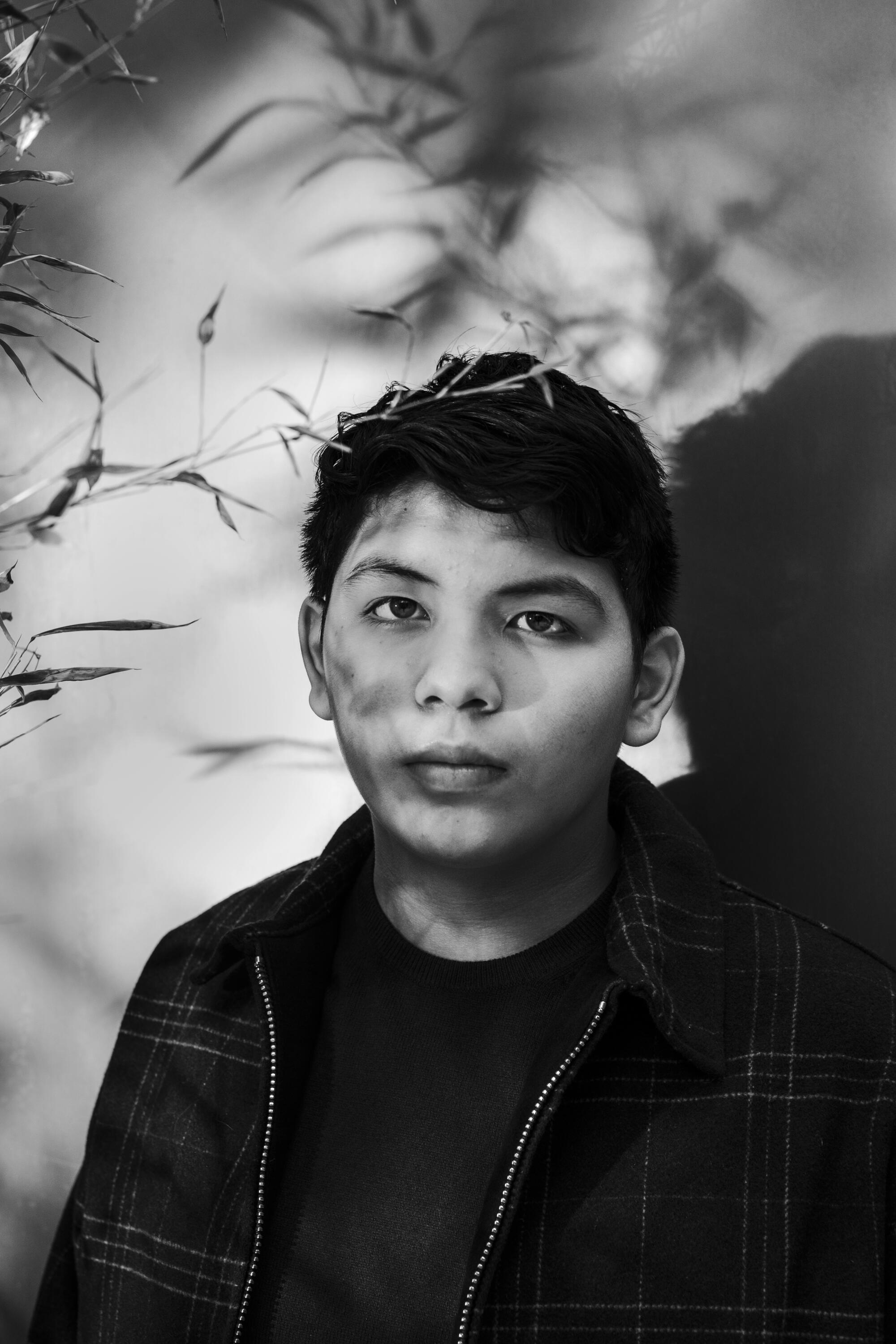
“Growing up, I never had a show like this to watch,” Alexis says. “When I got to do it, I just knew I had to express myself, how I am.”
It’s funny to encounter them glammed up after seeing them only in their rural, run-down “Dogs” setting. Yet all four say they bear strong similarities to their characters (but for Jacobs being less moody than Elora, and Woon-A-Tai’s high energy contrasting with Bear).
When Factor, who had never acted before, says, “I dress a lot like Cheese,” the others laugh, calling out examples. He once showed up for a fitting in a Godzilla T-shirt, which was then used in the show.
The new comedy, set on an Oklahoma reservation, uses its rich, highly specific sense of place to offer a refreshing take on contemporary teen life.
“This guy knows everything about Godzilla,” says Woon-A-Tai.
“It’s kind of unhealthy at this point,” admits Factor with a proud smile (when put to the test, he instantly answers what Godzilla’s Japanese name means).
The other three are fondly impressed with how quickly Factor picked up the brass tacks of acting, this being not just his first professional gig but also the 16-year-old’s first audition.
Alexis, 20, has been in two movies (“Ghostbusters: Afterlife” and “Beans,” with Woon-A-Tai), but before that had focused on covering rock songs with her family. She was belting out AC/DC and Guns N’ Roses from the age of 10, though she also loves “singing and dancing pow-wow. ... I fell in love with the tradish.”
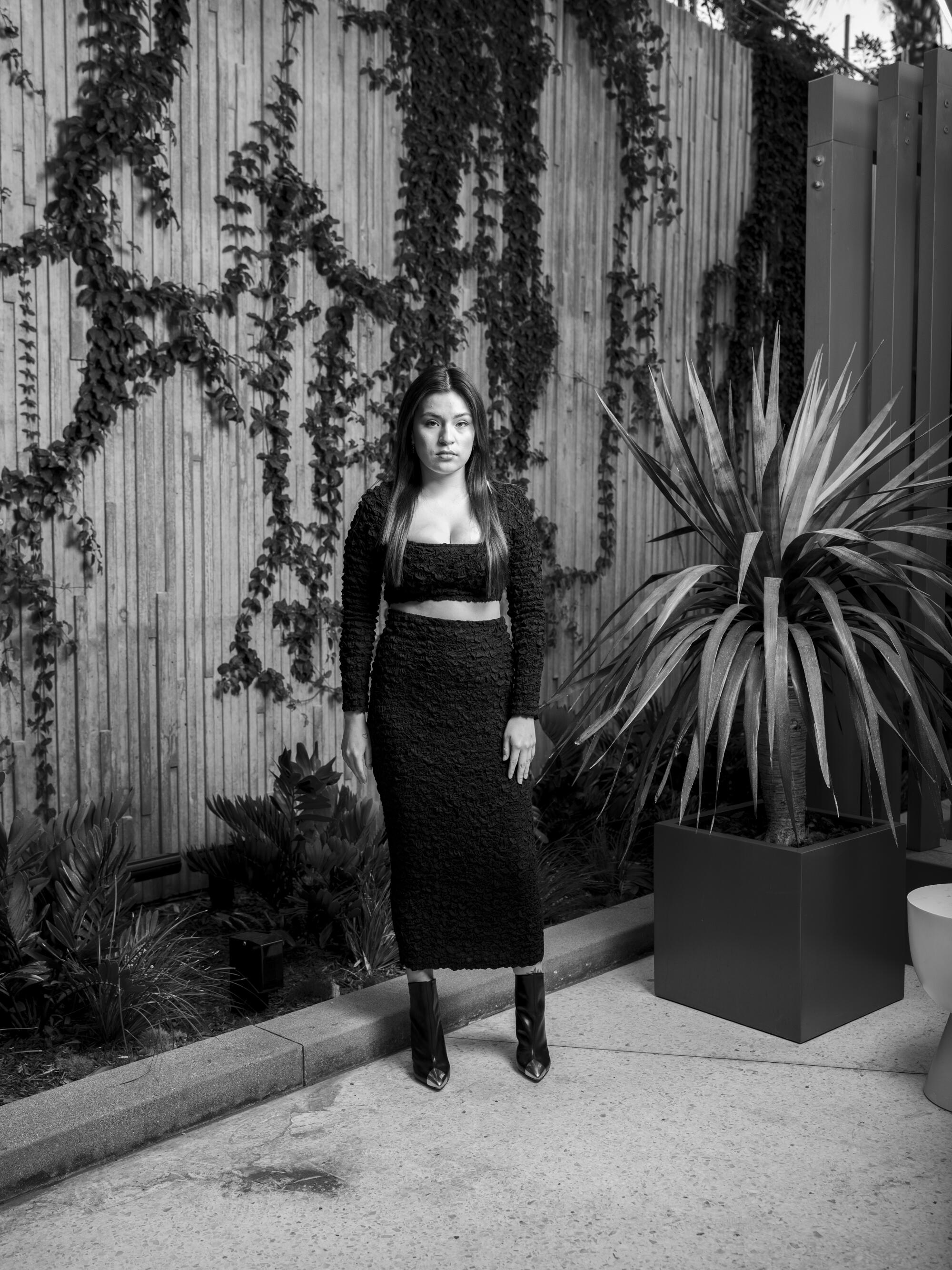
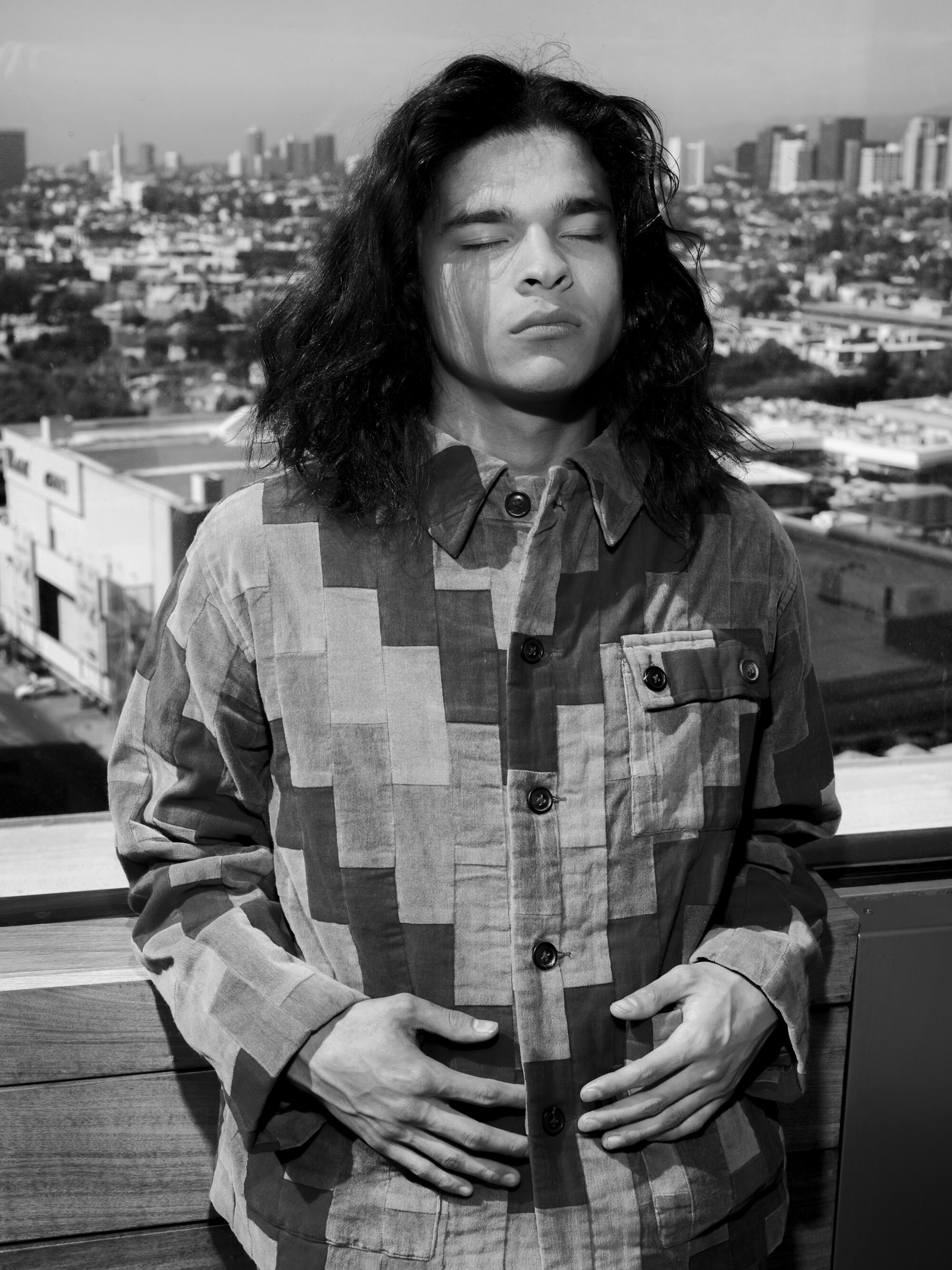
Woon-A-Tai, 20, has collected seven credits so far and says the “Dogs” set, with its almost entirely Native American cast and crew, is unlike any experience he has had: “I did an Indigenous-led project and the majority of the crew wasn’t. There were a few times there were racist remarks being said on set; people got fired from that.”
The actor, the cast agrees, is the smart one. They cite Woon-A-Tai’s knowledge of music history, philosophy and particularly the histories of Native tribes. “‘You know, in 1882 ... ‘“ Alexis says in teasing admiration of her friend.
For his part, Woon-A-Tai is just pleased to have found such a close-knit environment. “We shot the pilot in a week, and after that, all these guys, everyone in the crew, they’re all family. Just off the pilot, we built this community.”
“Before this experience, I didn’t know that community could coexist with industry,” agrees Jacobs, who is the cast’s elder statesperson, with roughly 25 credits since 2007. (The others refer to her as a big sister, someone to whom they turn for help and guidance, who “is always there” for them, as Woon-A-Tai puts it.)
Michael Greyeyes (‘Rutherford Falls’) and Devery Jacobs (‘Reservation Dogs’) look back on a milestone year for Indigenous representation on screen.
She gives full credit for the close-knit set to Sterlin. “Everyone [down to] background performers were Sterlin’s family and his community. We had elders on set.”
As an example, Jacobs notes that on traditional sets, there is a hierarchy of who gets to eat first — cast, crew and finally background performers. “But on our set, it was making sure elders eat first, that background performers eat with everybody because it’s a communal project. It’s reflective of Sterlin’s upbringing.
“It’s not just that we have Indigenous creators on this project; it’s that we’re bringing our ways, every step through. Whether it’s FX bringing on Indigenous publicists or focusing on Indigenous media; we’re including community members every step of the way. I didn’t even know that could happen.”
More to Read
From the Oscars to the Emmys.
Get the Envelope newsletter for exclusive awards season coverage, behind-the-scenes stories from the Envelope podcast and columnist Glenn Whipp’s must-read analysis.
You may occasionally receive promotional content from the Los Angeles Times.
